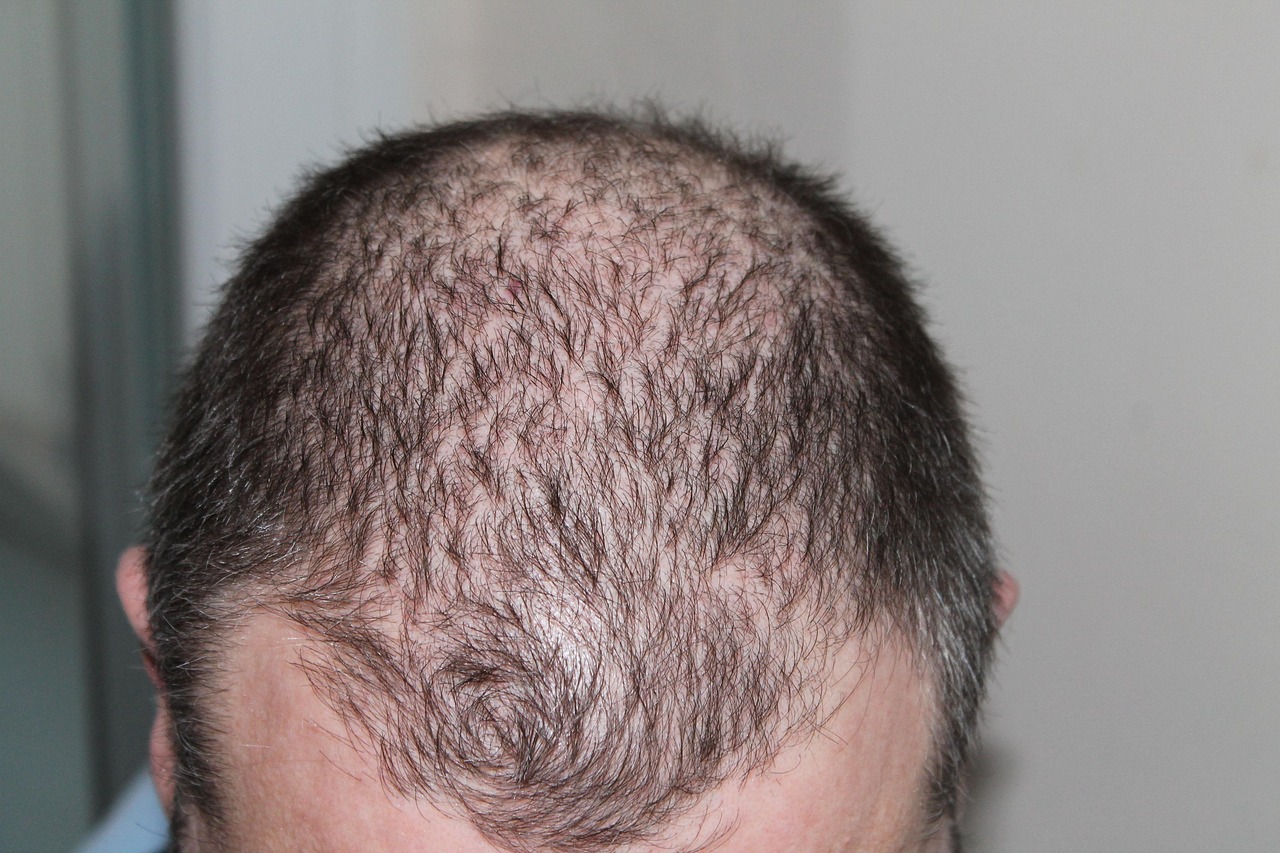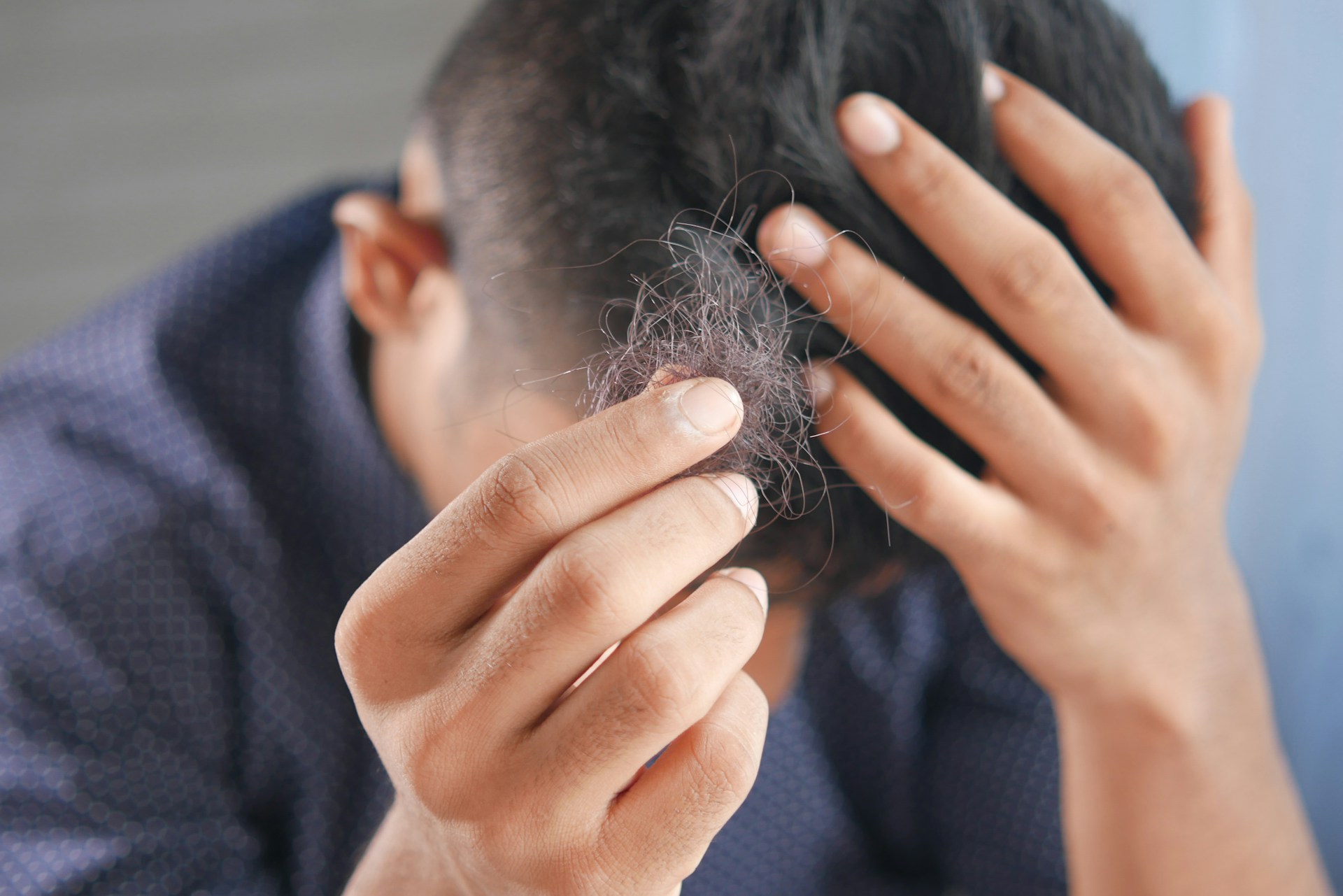
The journey of understanding hair loss often begins with a significant concern: why is this happening to me? Hair loss can manifest in various forms and intensities, impacting individuals emotionally and psychologically. As the hair begins to thin or fall out, questions arise about the underlying causes and potential remedies.
By identifying the factors contributing to hair loss, we can explore effective interventions with the aim of regaining confidence and vitality. With over 50 million men and 30 million women in the United States experiencing some form of hair loss, it is essential to delve into the most frequent causes of this condition alongside treatments that may provide relief.
The Role of Heredity
One of the most common culprits behind hair loss is a genetic predisposition, often referred to as androgenetic alopecia or male/female pattern baldness. In this case, there are hair loss stages that typically progress gradually, beginning with mild thinning and advancing to more noticeable balding. Understanding these stages allows individuals to seek early treatment options and potentially slow or manage the progression effectively.
The genetic pattern dictates how an individual responds to hormones such as dihydrotestosterone (DHT), making management challenging without intervention. This hereditary condition typically starts in adulthood, exhibiting different patterns and intensities across genders. For men, it may start as a receding hairline or thinning at the crown of the head, whereas women may experience broader thinning across the scalp.
Several treatment options exist for those who wish to mitigate the effects of genetic hair loss. Topical solutions like minoxidil and oral medications like finasteride have shown effectiveness in slowing down the process and promoting hair regrowth in some cases. These treatments must be pursued with the advice of a healthcare provider, as they can carry side effects and require a consistent application to achieve the desired results.
Hormonal Changes as A Common Trigger
Hormonal fluctuations in the body present another frequent cause of hair loss, particularly evident during significant life events such as pregnancy, menopause, or thyroid issues. Postpartum hair loss is a well-documented phenomenon, where new mothers experience excessive shedding due to hormonal adjustments following childbirth. Menopause often leads to a decrease in estrogen and progesterone levels, resulting in increased hair thinning. Thyroid disorders, both hypo- and hyperthyroidism, can disrupt the delicate balance of hormones necessary for healthy hair growth.
Addressing hormonal hair loss might require a comprehensive approach. Depending on individual circumstances, hormone replacement therapy or medications to manage thyroid diseases may be warranted.
Lifestyle changes that promote hormonal balance, such as regular exercise, proper nutrition, and stress management, are essential components in restoring hair health. Consulting a healthcare professional is key, ensuring any underlying hormonal issues are properly diagnosed and treated.
Stress as The Unexpected Catalyst
Stress, whether from physical or emotional sources, significantly contributes to hair loss across various demographics. Known as telogen effluvium, this condition occurs when an individual undergoes a stressful event, causing premature shifting of hair follicles into a resting phase. Approximately 70% of the scalp’s hair follicles are in a growth phase at any given time, while about 10% remain in the telogen phase. In stressful situations, an increased number of hairs transition to this resting state, leading to noticeable thinning within weeks to months.
While managing stress can be complex, several strategies are beneficial, ranging from mindfulness practices to physical activities such as yoga or aerobic exercises that promote relaxation. Surrounding oneself with a supportive community and seeking counseling or therapy when necessary can aid in effectively dealing with stress and its impacts on hair loss. Formulating a personalized stress reduction plan can facilitate better health and, in turn, potentially curtail further hair loss.
Nutritional Deficiencies
A well-balanced diet serves as a foundation for health, including maintaining healthy hair. Nutritional deficiencies, particularly in essential vitamins and minerals, can trigger hair loss. A deficiency in iron, for instance, has been linked to hair thinning in both men and women. Biotin, vitamin D, and omega-3 fatty acids play critical roles in promoting healthy hair follicles as well. Without optimal nutrition, the body may not support the growth cycle effectively, leading to excessive shedding.
Incorporating a diverse range of foods rich in essential nutrients can rectify these deficiencies. Including dark leafy greens, nuts, seeds, eggs, and fatty fish can improve hair health significantly. Supplements may be an option for those unable to meet their nutritional needs through diet alone. It remains crucial to consult with a healthcare professional beforehand to personalize any supplementation plan based on individual health requirements.
Environmental Factors
Environmental factors such as pollution, UV exposure, and harsh weather can contribute to hair loss. Regular exposure to air pollutants can weaken hair strands, leading to increased breakage and thinning. One study found that oxidative stress from pollution significantly accelerates hair loss cycles. Protecting the hair from environmental aggressors is essential to safeguarding its natural beauty and vitality.
To combat environmental damage, take precautionary measures such as wearing hats during prolonged sun exposure, using hair care products containing UV protection, and incorporating antioxidants into your beauty routines. Regular cleansing to remove pollutants and using moisturizing conditioners can also strengthen hair against breakage caused by external factors.
Medical Conditions as Underlying Issues
Certain medical conditions, including scalp infections or autoimmune diseases, are significant contributors to hair loss. Conditions such as alopecia areata or lupus can lead to patchy or total hair loss. These conditions often necessitate creative approaches for management, particularly when conventional methods fail to yield results. Early diagnosis and understanding the interactions of these conditions with hair loss are vital.
Treatment may involve corticosteroids to combat inflammation or even immunotherapy for autoimmune conditions. Addressing the core medical issue typically leads to improvement in hair condition. Ensuring regular check-ups and open discussions with healthcare providers regarding hair and health concerns can preemptively avoid escalating issues.
The Importance of Early Intervention
When considering the various causes of hair loss discussed, taking timely action can make all the difference. By addressing underlying issues early, individuals can significantly mitigate the impact of hair loss and promote regrowth. Whether through nutritional changes, stress management, or medical treatments, proactive action is necessary to stop or reverse hair loss effectively. Establishing a personalized strategy often combines multiple approaches for the best chance of success.
Developing a relationship with healthcare professionals knowledgeable about hair loss can create a structured approach towards treatment, providing insights that lead to informed decisions about care options. Making proactive efforts to understand and address the factors leading to hair loss will lead to a better quality of life and increased self-esteem.
The Impact of Routine
Our daily hair care practices can influence hair health significantly. Overuse of styling products, excessive heat applications, and tight hairstyles can place undue stress on the hair shaft and follicles. Trichotillomania, a compulsive hair-pulling disorder, is another behavioral aspect to consider when discussing hair loss. It’s advisable to modify hair care routines to include fewer harsh chemicals, embrace heat-free styles whenever possible, and practice gentler styling techniques.
Regular trims to eliminate split ends and using soft, non-abrasive hair accessories can promote healthier hair. Developing a nurturing hair care routine is essential in limiting damage and promoting regrowth while maintaining the integrity of existing hair. As hair care is often influenced by fashion trends, consider individual needs when developing a unique hair care regimen that promotes health.

Hair loss is a multifaceted issue that can stem from genetic, hormonal, environmental, nutritional, or medical factors, and in many cases, a combination of these. Understanding the root cause is essential for choosing the most effective course of action, whether that involves medical treatments, lifestyle adjustments, or preventive care. By taking a proactive and informed approach, individuals can support scalp and hair health.
Addressing hair loss is about more than restoring appearance; it’s about rebuilding confidence and well-being. With early intervention, consistent care, and the right professional guidance, achieving healthier, stronger hair is entirely possible.
Related Articles:
– 5 Adorable Makeup Looks For Every Occasion
– Taking Better Care of Your Skin as a Traveler
– Trending Hairstyles for Men

